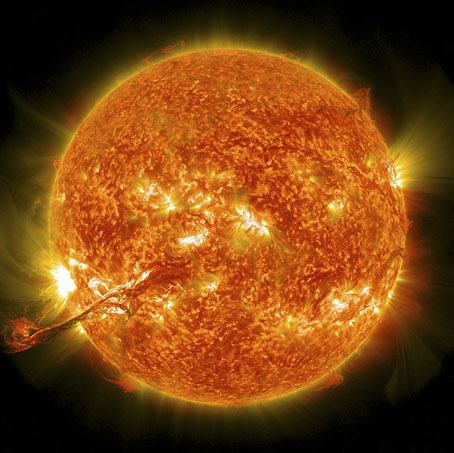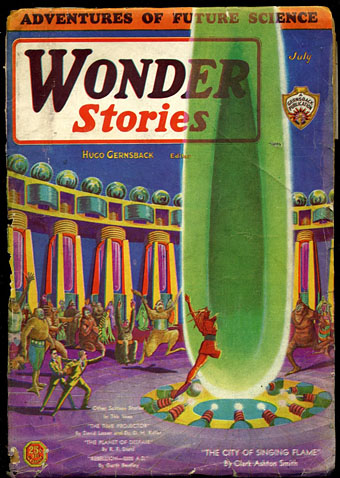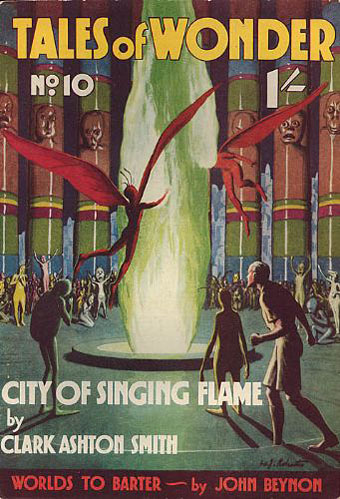Coronal Mass Ejection from the surface of the Sun, August 31st, 2012.
• “Most of the main parts were recorded in a single day using Vangelis’s famous technique: try to play as many synths as possible at once.” Simon Drax on the prolific musical output of Zali Krishna. The new Krishna opus is Bremsstrahlung Sommerwind, free to download at the Internet Archive.
• The Northants International Comics Expo (N.I.C.E.) opens on September 22nd. Among the many attendees there will be Mr Alan Moore making his first convention appearance since 1987.
• “Isolated for one night in a boat overlooking the Thames, Geoff Dyer explores representations of reality through the lens of Joseph Conrad’s Heart of Darkness.”
Now seems the right time to revisit this secret archive of public broadcasting. It’s an antidote to the celebrity-led, format-driven nature of so many arts documentaries made today. It shows that it’s possible to produce TV that is both populist and experimental. And it also refutes the cliché that the 1970s was a decade only of crisis and downturn. “Feminism, political theatre, Ways of Seeing: I wasn’t thinking, ‘what a terrible time’. It was very dynamic, activist, political. Creatively it was very exciting. Yet all they show on those television retrospectives are episodes of Top of the Pops.”
Sukhdev Sandhu talks to Mike Dibb, the director of Ways of Seeing.
• From 1999: Colm Tóibín reviews A History of Gay Literature: The Male Tradition by Gregory Woods.
• What We See: a song by Julia Holter & Nite Jewel with a film by Delaney Bishop & Jose Wolff.
• Rick Poynor on The crash test dummy: from subcultural fringes to pop culture mainstream.
In his 1973 book on Joyce, Joysprick, Burgess made a provocative distinction between what he calls the “A” novelist and the “B” novelist: the A novelist is interested in plot, character and psychological insight, whereas the B novelist is interested, above all, in the play of words. The most famous B novel is Finnegans Wake, which Nabokov aptly described as “a cold pudding of a book, a persistent snore in the next room.” The B novel, as a genre, is now utterly defunct; and A Clockwork Orange may be its only long-term survivor.
Martin Amis on A Clockwork Orange, fifty years on. My old post about the film’s record shop scene continues to be one of the most popular pages here.
• Wild Boys: David Bowie and William Burroughs in 1974, hand-coloured by DB.
• Alfred Kubin‘s illustrations for Haschisch (1902) by Oscar AH Schmitz.
• Revolution off: industrial ruins photographed by Thomas Jorion.
• Tetrahedra of Space: 22 pulp illustrations by Frank R. Paul.
• The Blue Boy Studiolo: a Tumblr.
• Marina Warner visits Hell.
• The art of Casey Weldon.
• Third Stone From The Sun (1967) by The Jimi Hendrix Experience | Sunrise In The Third System (1971) by Tangerine Dream | 3rd From The Sun (1982) by Chrome.



